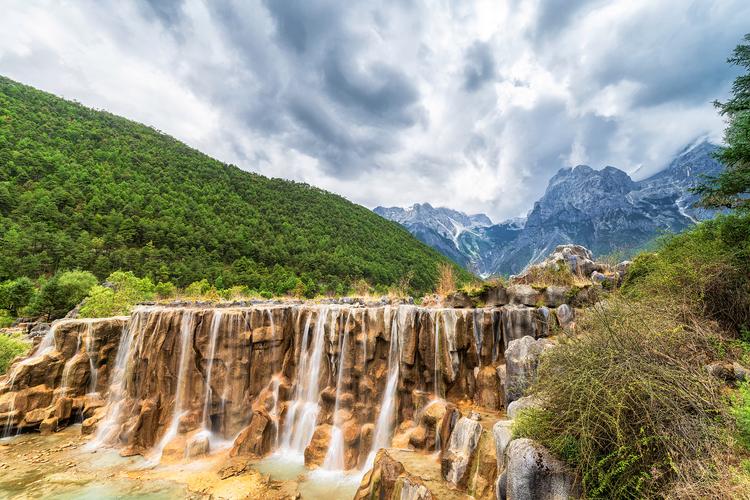
Yunnan Province, with its breathtaking landscapes, diverse cultures, and rich history, is a dream destination for photographers worldwide. Whether you’re chasing golden hour light over rice terraces or capturing vibrant ethnic festivals, preparing well can elevate your photography experience. Here are the most essential photography tips for Yunnan to help you preserve unforgettable memories in stunning images.
Focus Keywords:
Yunnan photography tips, best photography spots Yunnan, Yunnan travel photography, Yunnan photo guide, photography in Yunnan China, Yunnan landscape photography, Yunnan cultural photography
Must-Know Photography Tips for Yunnan
- Bring Extra Batteries & Chargers
Yunnan’s remote locations often lack charging facilities. Carry multiple batteries and universal adaptors to keep your gear powered throughout long shooting days. - Check Weather & Lighting Conditions
Yunnan’s dramatic landscapes respond beautifully to natural light changes. Plan shoots around sunrise and sunset for the best atmospheric effects. Cloudy or misty days can add mystery to mountain and lake photos. - Consider Videography Alongside Photography
Videos capture movement and sound, enriching your travel story. Don’t hesitate to shoot short clips of traditional dances, festivals, or serene nature scenes. - Avoid Buying Memory Cards Locally
Purchase quality memory cards and film before your trip. Tourist areas may sell counterfeit or low-quality products that risk your precious photos. - Respect Local Customs & Permissions
Always ask permission before photographing people, especially during cultural events or in villages. Avoid taking photos of private moments or sensitive scenes. - Understand Local Photography Restrictions
Some temples, monasteries, museums, and religious sites prohibit photography or require payment for photo permits. Follow posted signs and local rules to respect cultural and legal boundaries. - Avoid Flash in Museums and Cultural Sites
Flash can damage delicate artifacts. Use natural or ambient light, and consider higher ISO settings to compensate. - Be Mindful in Wildlife Areas
Maintain a safe distance from animals in nature reserves. Follow signs and guidelines to protect both wildlife and yourself. - Avoid Politically Sensitive Areas
Never photograph military bases, airports, customs, or other restricted zones. Such actions can lead to serious legal consequences.
| Location | Best Season | Best Time | Notes |
|---|---|---|---|
| Shaxi Ancient Town | Year-round | 8:00–9:30, 17:00–18:30 | Early morning and late afternoon for soft light |
| Source of Honghe River | Year-round | 6:00–9:00 | Capture serene river scenes at dawn |
| Napahai Lake | Summer & Autumn | 6:00–9:00 | Best for reflections and migrating birds |
| Yuanyang Rice Terraces | Nov–April | 18:00–19:30 | Golden hour illuminates the terraced fields |
| Ailao Mountain | Winter | 6:00–7:30 | Crisp mountain air enhances clarity |
| Meili Snow Mountain | Year-round | 6:00–8:00 | Sunrise over snow-capped peaks is breathtaking |
| Luoping | Feb–Mar, Summer, Autumn | 7:00–10:00, 17:00–19:00 | February–March for rapeseed flowers and sea of clouds |
| Shigu Town | Nov–June | 9:00–16:00 | Diverse landscapes and traditional life |
| Jiyi Grand Valley | Year-round | All day | Consistent natural beauty |
| Lugu Lake | Year-round | All day | Ideal for tranquil water and local culture shots |
| Puzhehei | Year-round | All day | Scenic karst landscapes and river views |
| Nie Er Cultural Square | Autumn | Dusk & Evening | Capture lively urban nightlife and cultural events |
| Lijiang Ancient Town | Year-round | All day | Historic streets and vibrant market life |
Final Advice
Yunnan’s beauty lies not only in its landscapes but also in the warmth of its people and the richness of its cultures. Respect and patience are your best companions. Prepare your equipment, embrace local customs, and let your camera tell the story of this enchanting land.

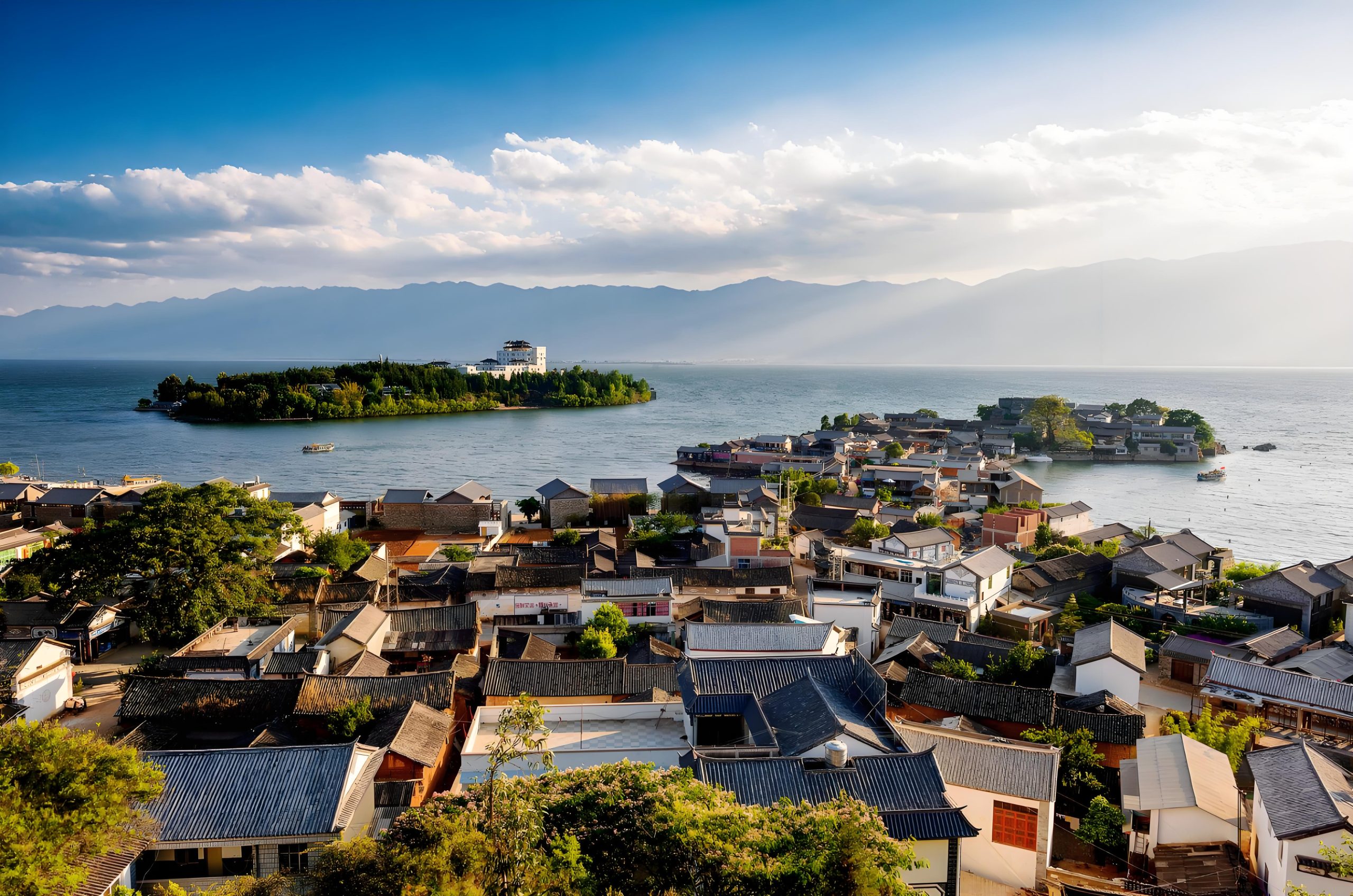
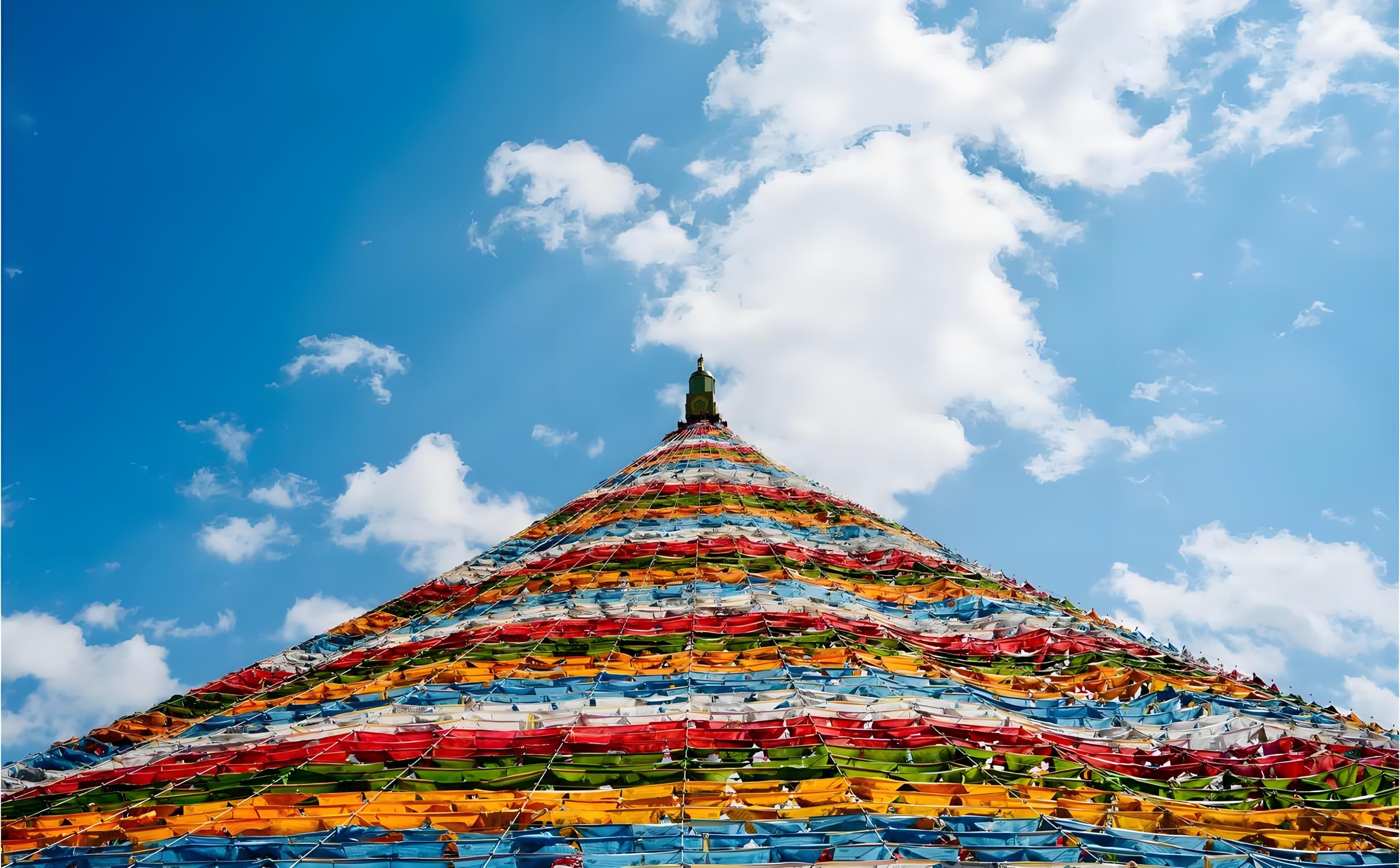
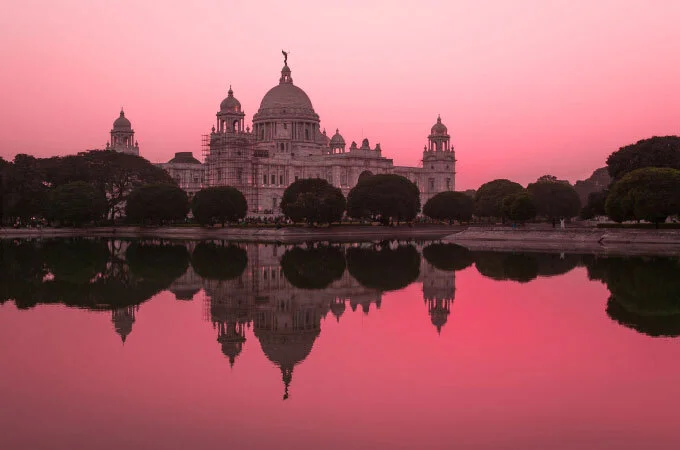
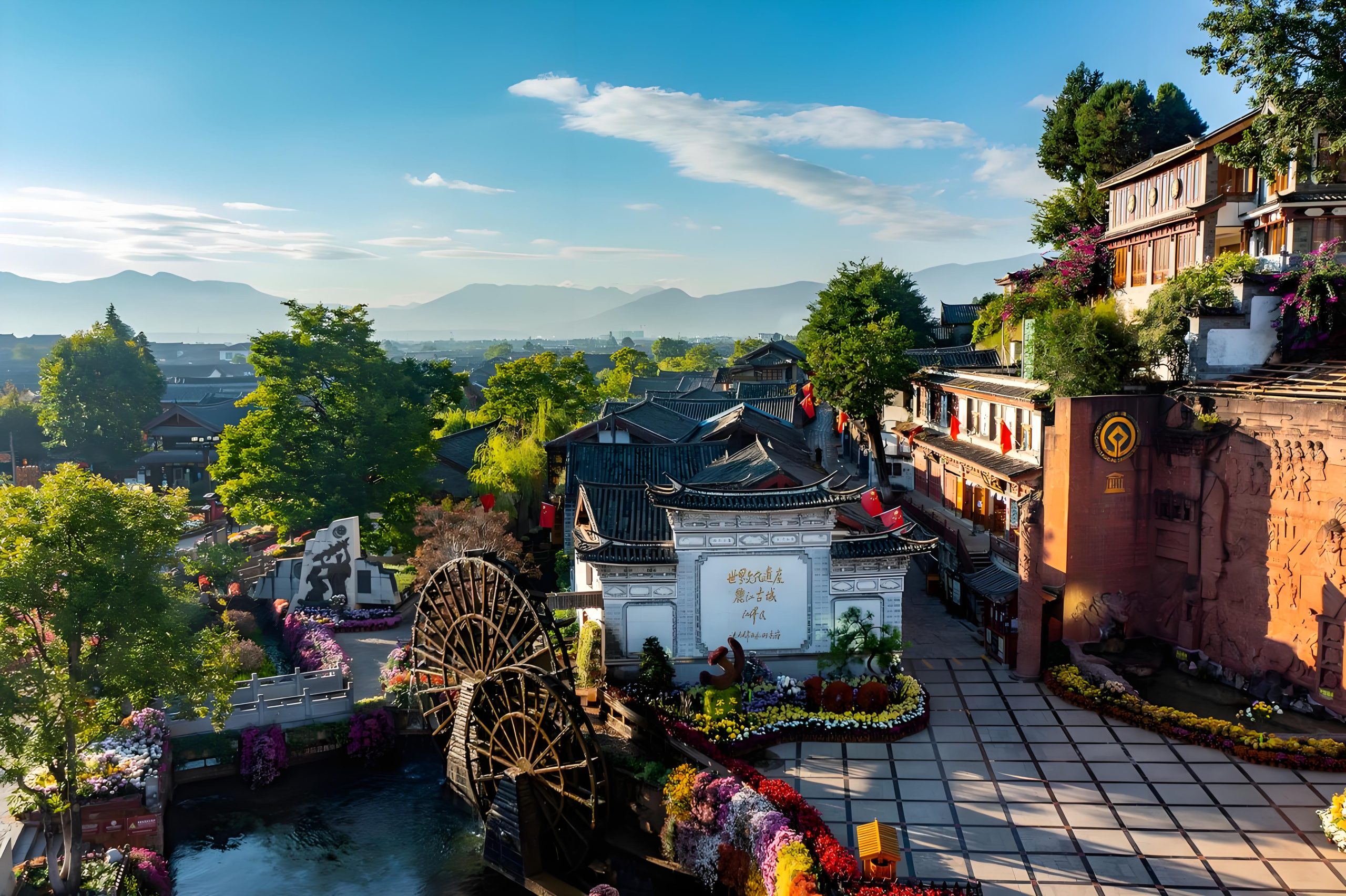
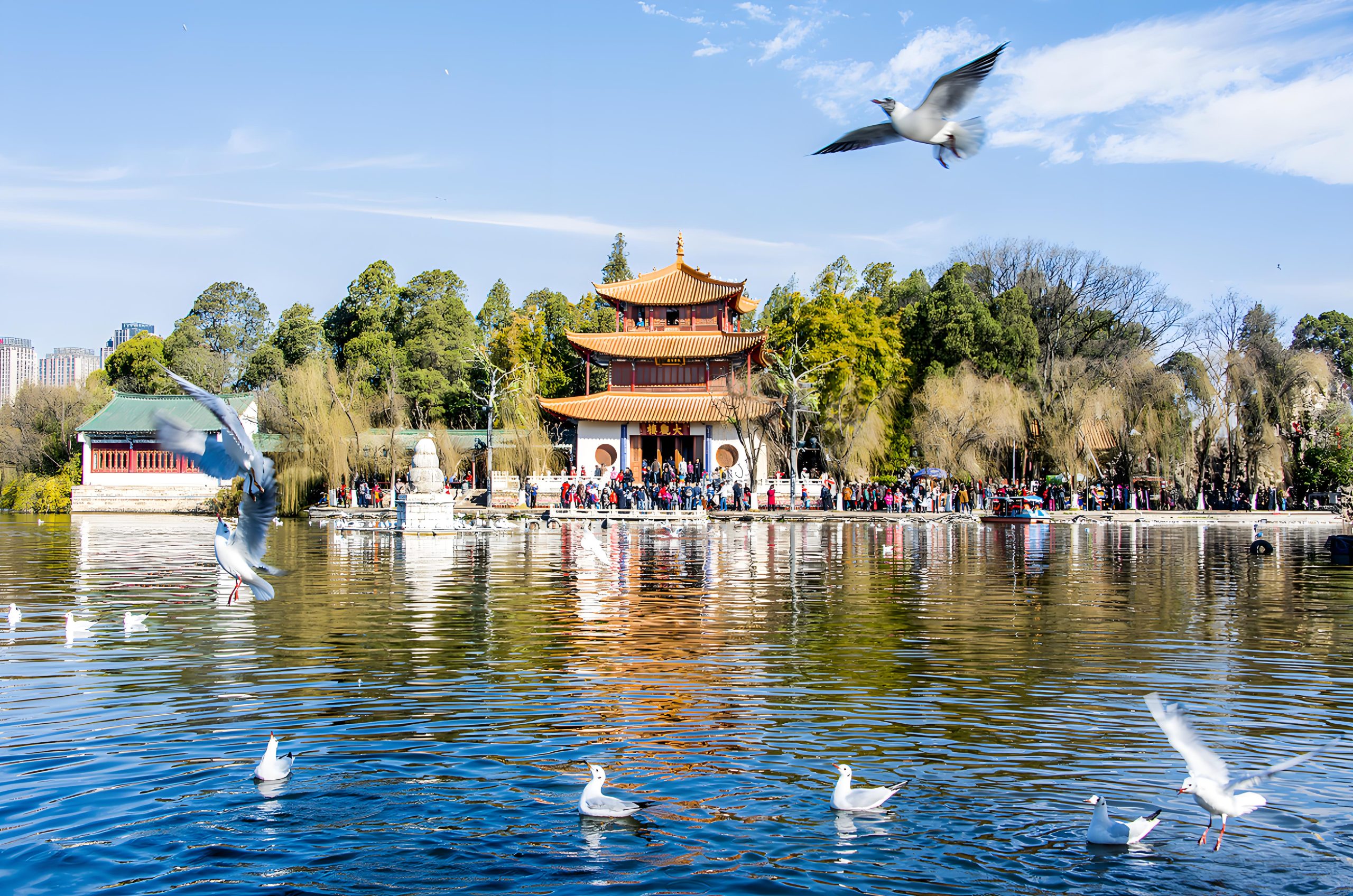
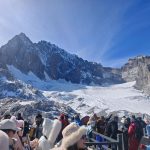
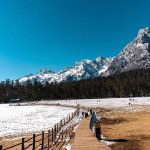
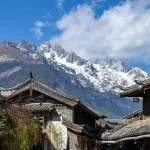


Leave a comment: